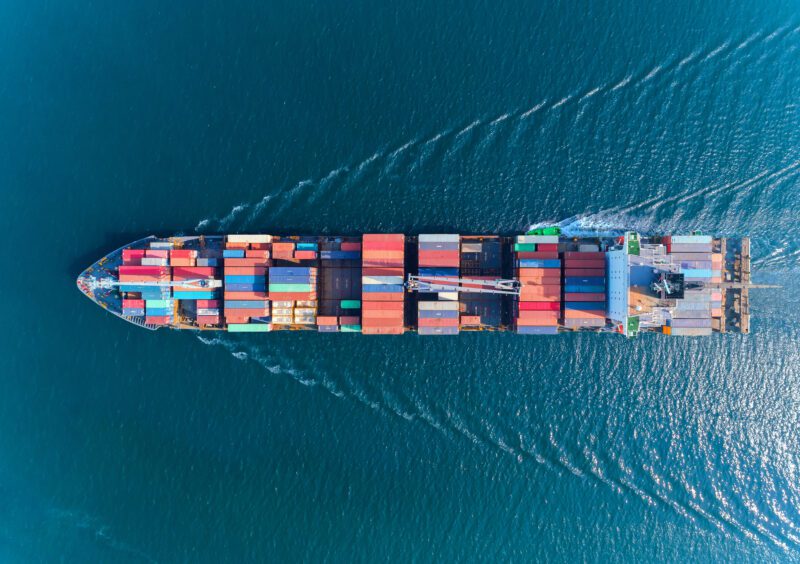
The latest report from the World Trade Organization (WTO) reveals a slowdown in global trade growth following a strong first half of 2025. The WTO’s Goods Trade Barometer indicates that while trade remains above trend, momentum is decreasing, largely due to a reduction in frontloading imports. This trend reflects a shift as countries adjusted their trade strategies in anticipation of potential tariff increases and the rising demand for technology products.
In September 2025, the WTO’s composite leading indicator fell to 101.8, down from 102.2 in June. Despite still being above the baseline value of 100, which signifies expansion, the decline suggests the extraordinary growth seen earlier in the year is tapering off. The WTO noted, “Goods trade growth appears to have slowed in the second half of 2025 following a surge in the first half driven by frontloading of imports ahead of expected tariff hikes and by rising demand for AI-related products.”
Indicators Reflect Cooling Trade Environment
Key metrics from the shipping industry illustrate this cooling trend. The indices for both air freight and container shipping have decreased over the past three months, with air freight falling to 102.7 and container shipping dropping to 101.7. The barometer indicates this reflects a broad cooling in the transportation of goods globally. Notably, agricultural raw materials saw a significant decline, registering at 98.0, marking a continued contraction since the start of the year. In contrast, automotive products and electronic components remained steady at 103.0 and 102.0, respectively.
While the current figures suggest a moderation in growth, forward-looking indicators are more optimistic. The new export orders index rose to 102.3, indicating potential sustained momentum in global exports. The first half of 2025 produced stronger-than-expected results, with merchandise volumes increasing by 4.9% year-on-year. However, the WTO has adjusted its full-year growth forecast downward to 2.4% for 2025, attributing this to higher tariffs and ongoing trade policy uncertainties that are anticipated to impact growth in the latter half of the year.
Future Outlook and AI Demand
The WTO acknowledges that if demand for AI-related products continues to be robust, it could significantly enhance trade growth, similar to the performance seen in the first half of the year. The organization plans to release its next trade forecast in April 2026, aiming to provide more insights into future trends.
The Goods Trade Barometer serves as a crucial tool for understanding real-time merchandise trade trajectories, offering forecasts for developments two to three months ahead. Values exceeding 100 reflect above-trend trade volumes, while those below suggest a decline or imminent drop in trade activity. As global trade dynamics continue to evolve, stakeholders will be closely monitoring these indicators to gauge the health of the international trade landscape.







